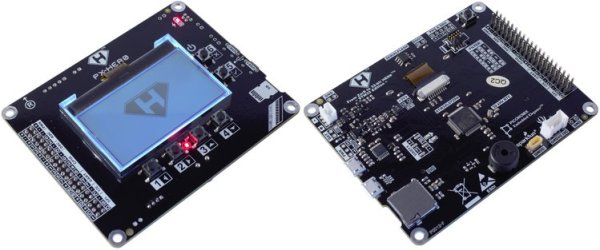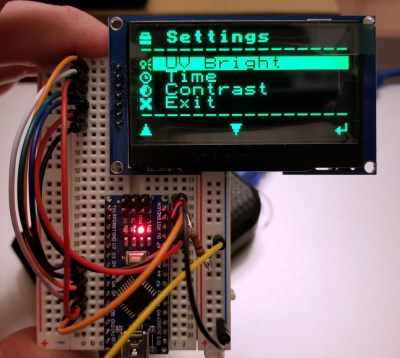Watching the hardware community respond to the global pandemic is a fascinating process, because of the breadth of projects being considered, and also because of the differing experiences and perspectives being brought to the table. Components most of us might have been unaware of are appearing, such as the CPAP blower used by [Jcl5m1] in his ventilator design.
He starts with a very necessary disclaimer against trusting a random person on the Internet on the subject of medical equipment design, and since it must be possible to do damage with an inappropriate ventilator we can only echo that. But as a CPAP user he’s familiar with their operation and parts, and he’s taken the centrifugal blower from one of them and paired it with a speed controller and an Arduino to provide an adjustable pressure.
What we take away from this is not in any way a ventilator that’s ready to be hooked up to sick patients, but an interesting look at ventilators in general, CPAP components, and the possibility that this project and others like it might eventually form the basis of something more useful if they attract the attention of people with more experience in the field. We’ve already seen 3D-printing used to make valves for a respirator at a hospital in Italy.



















